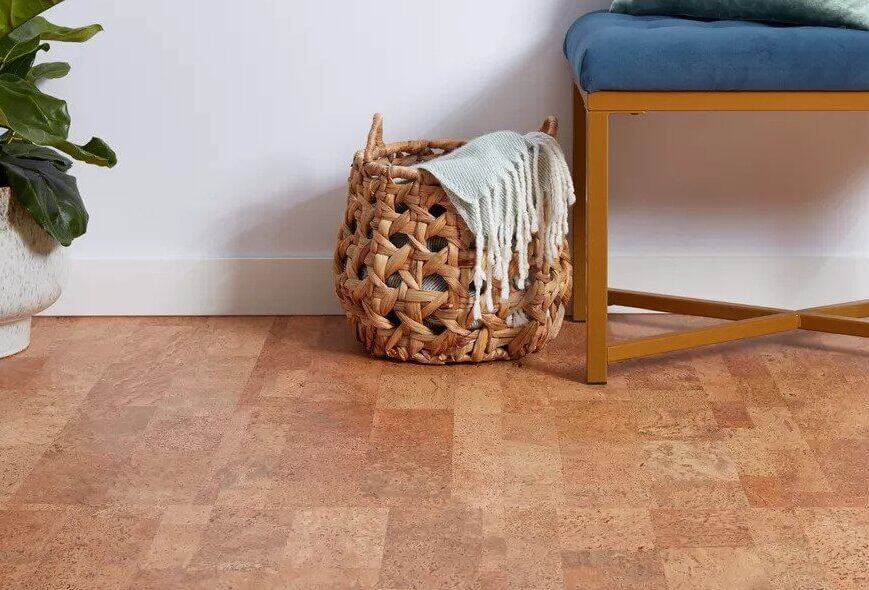 Homeowners today are focusing more and more on sustainable house design, a principle that supports the clever and sustainable use of resources. There are many ways to incorporate this approach into home building and renovation, especially when it comes to custom, period, or heritage homes.
Homeowners today are focusing more and more on sustainable house design, a principle that supports the clever and sustainable use of resources. There are many ways to incorporate this approach into home building and renovation, especially when it comes to custom, period, or heritage homes.
Planning a sustainable design involves decisions about energy-saving solutions, the sourcing of materials, and practical functions for each item in your home. Flooring is one of the most important components of your home’s interior, and choosing good flooring can help your home look beautiful while contributing to sustainable development efforts.
One of the most suitable options for sustainable flooring is to use cork, a material that is not only affordable but will also spark the interest of your guests. In this blog, we examine what exactly cork flooring is and its many benefits.
What is Cork Flooring?
Cork is a natural organic material harvested from the bark of the cork oak tree. Layers of cork tree bark are hand-harvested following a precise procedure, and then they are cured at the harvest spot until they reach the ideal humidity level. The harvested bark is most commonly used to manufacture wine bottle corks, which are simply cut out from the sheet of cork.
After the manufacturing process of wine corks, there is a lot of leftover material used further for applications like decorations, insulation, and flooring. The remaining cork is boiled for a softer consistency, ground up, and mixed with resins and other composites. The mixture is then compressed into sheets.
Cork floors are made of various tiles, as manufacturers can cut cork sheets in numerous shapes. The tiles are most commonly glued to the floor base, but you can also add cork to an existing finished floor. This is called a “floating floor,” and uses a snap-together system to put the cork tiles together in a smoothly transitioning application.
The Benefits of Cork Flooring
If you are looking into adding cork flooring to your home, you might be wondering why it is a good material to use. One of the key advantages of cork is that it’s a sustainable material that comes from a renewable source, as cork oak trees continue to thrive after each bark harvest.
The properties of this gorgeous natural material also include:
- Longevity, with some cork flooring performing well even after 100 years of use.
- Sound-proofing ability, a quality that contributed to their popularity in churches and libraries.
- Resistance to wear and tear, as long as it is properly maintained and cared for.
- Provides thermal insulation, as cork creates a layer of air pockets between the colder floor base and the room.
One of the other advantages of cork flooring is its high degree of customisation available. There are dozens of colours and shades available for you to choose from, and you can make intricate patterns from various tile shapes.
If you’re looking to incorporate cork flooring into your home, it can be beneficial to get advice from a sustainable home builder. Australian Heritage Homes is one of the leading custom builders in the Melbourne area, and we can help you with all your flooring and other building needs. Contact us today for a free consultation!
*Image Source: The Spruce